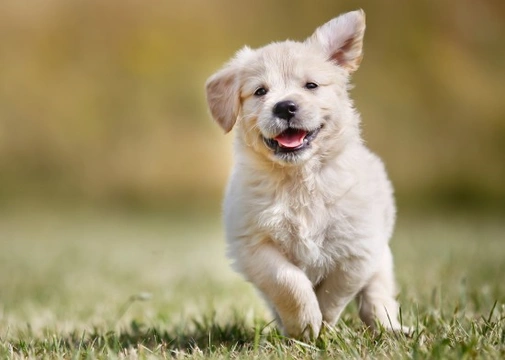
Puppy Exercise and Growth Plate Development Guide
Puppies are lively little bundles of joy, full of energy and always eager to explore and play. However, as loving owners, it is essential to balance their activity with their physical development, especially regarding their growth plates. Understanding how to provide the right amount and type of exercise helps promote healthy growth while preventing injuries that could have long-lasting effects.
What Are Growth Plates and Why Are They Important?
Growth plates are soft areas of cartilage found at the ends of the long bones in a puppy's legs. These plates are regions where new bone cells are produced, allowing the bones to grow in length as the puppy matures. Over time, the growth plates gradually harden and fuse, becoming solid bone. This process is called growth plate closure.
Before they fully harden, the growth plates remain delicate and susceptible to injury, especially from excessive or high-impact exercise. Damage to growth plates can lead to improper bone development, resulting in deformities such as bowed legs, irregular gait, or long-term joint troubles. For example, injuries between the ulna and radius bones in the forearm can cause uneven bone growth, which affects the puppy's movement and quality of life.
How Much Exercise Do Puppies Need at Different Ages?
Determining appropriate exercise levels depends on your puppy's age, breed size, and activity type. The UK Kennel Club recommends a simple rule of thumb: five minutes of exercise per month of age, twice daily. For instance:
- A 2-month-old puppy should get about 10 minutes of exercise twice a day.
- A 6-month-old puppy can have around 30 minutes twice daily.
While this provides a helpful baseline, it's important to tailor exercise to your puppy's individual needs and monitor their responses. Not all puppies will thrive on the same routine; some may tire more easily or need gentler activities.
Types of Exercise Suitable for Puppies
Low-impact activities support healthy growth without overloading delicate growth plates. Recommended exercises include:
- Gentle lead walks on soft surfaces such as grass or dirt.
- Short periods of light play encouraging natural movement.
- Socialisation with other vaccinated dogs at safe venues.
High-impact activities should be avoided or approached with caution until growth plates are fully closed. These include:
- Vigorous running, jumping, or chasing balls and Frisbees.
- Climbing stairs frequently or jumping on and off furniture or car seats.
- Long hikes or jogging alongside humans.
For breeds with slower growth, such as giant breeds, growth plate closure can take up to 18-24 months. These breeds require even gentler activity and longer periods before engaging in high-impact sports.
Preventing Growth Plate Injuries
Puppy growth plate injuries can have lifelong consequences, but they are preventable with mindful care. Consider these practical tips:
- Limit exercise duration according to the "five minutes per month twice daily" rule and your vet's advice.
- Choose safe, soft surfaces like grass or carpeted indoor areas instead of concrete or asphalt.
- Avoid risky movements such as jumping off heights or rough play that risks falls.
- Watch for signs of injury including limping, swelling, reluctance to move, or visible pain, and consult your vet promptly.
- Provide rest periods between exercise to allow recovery and avoid overuse.
- Schedule regular vet check-ups to monitor growth and joint health, especially for large breeds.
Supporting Healthy Growth Beyond Exercise
Exercise is just one part of nurturing your puppy's growth plates and overall skeletal development. Alongside appropriate activity, ensure:
- Balanced nutrition rich in essential nutrients like calcium and vitamins, recommended by your vet.
- Safe and stress-free environment to reduce injury risk from slips or falls.
- Early socialisation and training to build confidence without risky behaviours.
Conclusion: Growing Strong with Careful Exercise
By providing controlled, low-impact exercise tailored to your puppy's age and breed, you support healthy bone growth and help prevent painful growth plate injuries. Remember the simple guideline of five minutes of exercise per month of age, twice daily, and avoid high-impact or risky activities until full skeletal maturity.
Your watchful care during these early months lays the foundation for a lifetime of happy, healthy movement for your beloved puppy.
For those looking to find a new puppy to start this journey, consider checking puppies for sale from reputable breeders who prioritise health and responsible breeding practices.



